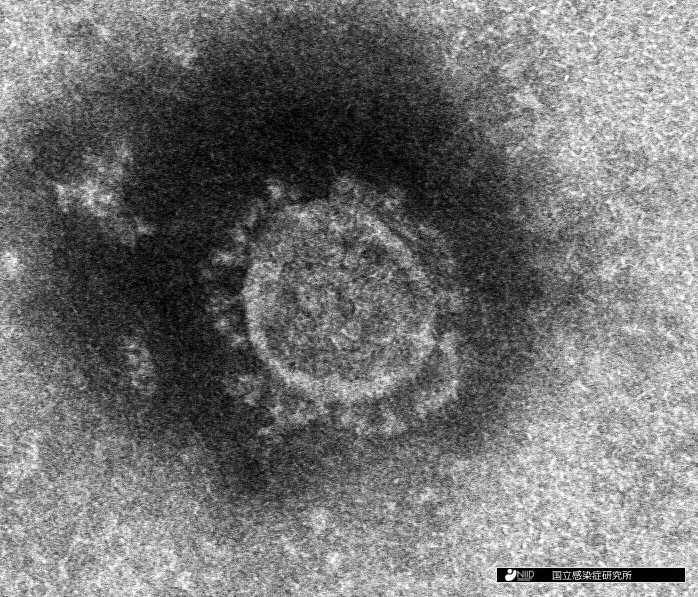Jpn. J. Infect. Dis., 65 (4), 322-325, 2012
To see a printable version of the article in the Adobe file format, click this [PDF] link.
Kimiko Kawano1, Hidetoshi Ono2, Osamu Iwashita3, Mai Kurogi3, Takeshi Haga4, Ken Maeda5, and Yoshitaka Goto4*
1Miyazaki Prefectural Institute for Public Health and Environment, Miyazaki 889-2155; 2Hyuga Meat Inspection Center, Miyazaki 883-0021; 3Tsuno Meat Inspection Center, Miyazaki 889-1201; 4Department of Microbiology, University of Miyazaki, Miyazaki 889-2192; and 5Department of Microbiology, Yamaguchi University, Yamaguchi 753-8515, Japan
(Received November 15, 2011. Accepted May 7, 2012)
*Corresponding author: Mailing address: Department of Microbiology, University of Miyazaki, Gakuen Kibanadai Nishi 1-1, Miyazaki, Miyazaki 889-2192, Japan. Tel & Fax: +81-985-58-7275, E-mail: This email address is being protected from spambots. You need JavaScript enabled to view it.
SUMMARY: To determine the expression level of Shiga toxin (Stx) 2-related toxins (Stx2 and Stx2c) produced by each of 33 Stx-producing Escherichia coli (STEC) O157 strains, stx2 and stx2c mRNAs (stx2-related mRNA) were measured using real-time PCR with primers that recognize sequences common to stx2 and stx2c. The amount of Stx2 and Stx2c protein was measured using a reversed passive latex agglutination (RPLA) kit. Expression of stx2-related mRNA was significantly higher in STEC O157 strains carrying the stx2 gene (i.e., stx2, stx1/stx2, or stx2/stx2c) than in most strains that carried the stx2c gene but not the stx2 gene (i.e., stx2c or stx1/stx2c). RPLA might not measure the precise amount of each toxin variant; nevertheless, stx2-inclusive strains had 40-fold higher mean toxin titers than did strains that carried the stx2c gene but not the stx2 gene, with the exception of 1 stx2c strain. Interestingly, 1 stx2c strain that was isolated from a patient with severe hemorrhagic diarrhea had the highest stx2-related mRNA expression and the highest toxin titer of all 33 STEC O157 strains. Taken together, these findings indicated that measurement of stx2-related mRNA expression could reflect differences in production levels of toxins among STEC strains.
